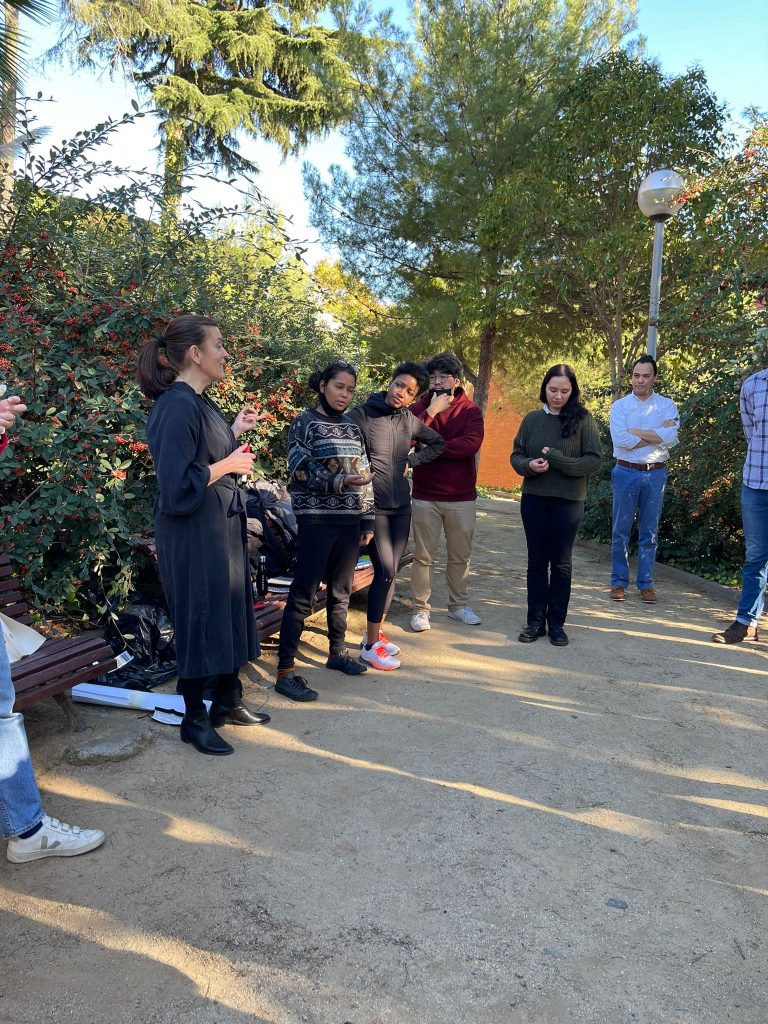Last week Diego Vega and Kristjana Adalgeirsdottir from HUMLOG Institute participated in our program They taught a course on Humanitarian logistics and supply chains under emergency scenarios. Their course posed the question of: How to create frameworks distinguishing between actors, phases, and logistical processes of disaster relief?

Humanitarian aid is comprised of a myriad of actors which include donors, aid agencies,
Non-Governmental Organizations (NGOs), governments and commercial companies.
Together, these organizations are responsible of providing the goods and services needed
in the aftermath of a disaster or in response to a specific need. Over the past years,
logistics has gained public recognition as a key feature of humanitarian aid, as it entails
the planning and management of the movement of goods (and related services) from
source to consumption, for the purpose of alleviating the suffering of vulnerable people.

The purpose of this course was to introduce the concept of humanitarian logistics and
to discuss the application of logistical concepts and principles in the field of shelter and
settlements, to show the importance of supply chain management and logistics for the
realization of aid operations.
Thank you for the great course!

